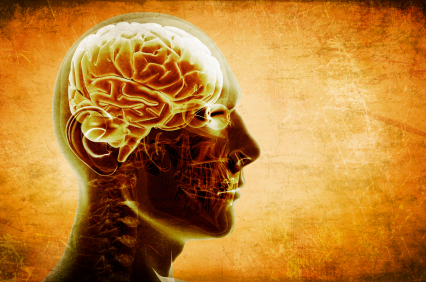
In this blog post, I’m going to give you a tool to be a better arm-chair psychologist . We all wish we could understand people better. At times we even pull out the psychological knowledge we have gained throughout our life and use it to put a person’s behavior in perspective. Sometimes we do this for fun, and at others we do it to cope with difficult relationships.
The way we behave defines who we are and it is the way people perceive us. In short, it’s our unique personality. It’s the reason why two siblings can grow up in the same house with very similar circumstances, yet behave very differently. Even to the extent of having different values and motives.
Our behaviors are a product of our basic desires and values. These basic desires are mostly derived from our genetic make-up. Dr. Steven Reiss’ research on human needs and values has derived 16 factors that drive human behavior. Each of these factors he calls basic desires or core values. These are our basic desires and while some are of average need for us, others may be weak or strong in intensity. It’s the desires that have strong or weak intensity that most drive our thoughts, attitudes, and behaviors.
Of all the theories available on human motivation, this one has the most confirmatory evidence. It helps us to not only better understand why one person is highly competitive and another repels competition, it helps us predict how a person will behave and respond in a given situation. For example, if we know a person has a strong desire for power, we can predict that the person will be delighted to take on the leadership role we would like to extend. Using this same example, if we know the person has a weak desire for power, we can predict the person will not be as motivated to take on the role and act as a strong leader.
So how do you better understand what motivates a person’s behavior? All we need to do is to profile a person’s 16 basic desires. The profile can be determine by thinking about how a person has behaved and responded to past events. For each of the desires, you must determine if the person being profiled has a weak, average, or strong desire for each value factor. You can learn more about each desire by reading my post on The 16 Drivers of Meaning and Motivation.
Let’s use the example of President Barack Obama. If I were to profile his 16 basic desires here is how I would profile him. I’ll measure him on each desire as weak, average (AVG), or strong.
Acceptance – The desire to be accepted and to avoid criticism – AVG
Beauty – The desire to be in aesthetically pleasing environments AVG
Curiosity – The desire to learn and understand AVG
Eating – The desire for food AVG
Expedience – The desire to act with self-interest AVG
Family – The desire to raise children and spend time with family AVG
Idealism – The desire to improve society STRONG
Interdependence – The desire to work with others to meet one’s needs AVG
Order – The desire to be clean and organized AVG
Physical Activity – The desire for physical movement and exercise STRONG
Power – The desire to lead and influence others STRONG
Saving – The desire to conserve and collect AVG
Social Contact – The desire to be with people AVG
Status – The desire for prestige and social standing STRONG
Tranquility – The desire to avoid stress and anxiety WEAK
Vengeance – The desire to confront others when offended and for competition STRONG
Granted, I have not been in the presence of the president, so I am only going by what I have seen and know about him through others, reporters, television, and his decision. All political views aside, the most influential desires that drive President Obama behaviors seem to be…
* Idealism – STRONG Desire
* Physical Activity – STRONG Desire
* Power – STRONG Desire
* Status – STRONG Desire
* Tranquility – WEAK Desire
* Vengeance – STRONG Desire
When you combine strong intensity desires of idealism, power, and status you can easily find a person who seeks leadership positions in politics, religious, and non-profit groups. Interestingly, when you add his weak need for tranquility (thriving on stress) and a strong intense desire for vengeance (competitiveness and righting wrongs) you see why President Obama pursued a career in politics and sought the presidency. In fact, his motivation profile is a unique fit for such a demanding and stressful role.
Each of the 16 desires compete for priority and influence on our thoughts and behaviors. Depending on your situation the intensity of a particular desire can fluctuate. However, a handful of desires are consistent and powerful drivers of our actions.
Motivation profiling can be a powerful tool to use to better understand your own motivations, core values, and behaviors. It can also be a powerful tool to help you understand the people you live with, work with, and lead. In fact, a good way to think about motivation is simply the action we take to assert of our values. As you observe others, ask yourself, What values is this person trying to assert?
To learn more about the research and application of the Basic Desires Theory of Motivation I recommend you read Dr. Steven Reiss’ books The Normal Personality: A New way of Thinking About People and Who Am I: 16 Desires that motivates our actions and defines our personalities.
Photo above courtesy of Rawich via freedigitalphotos.net
